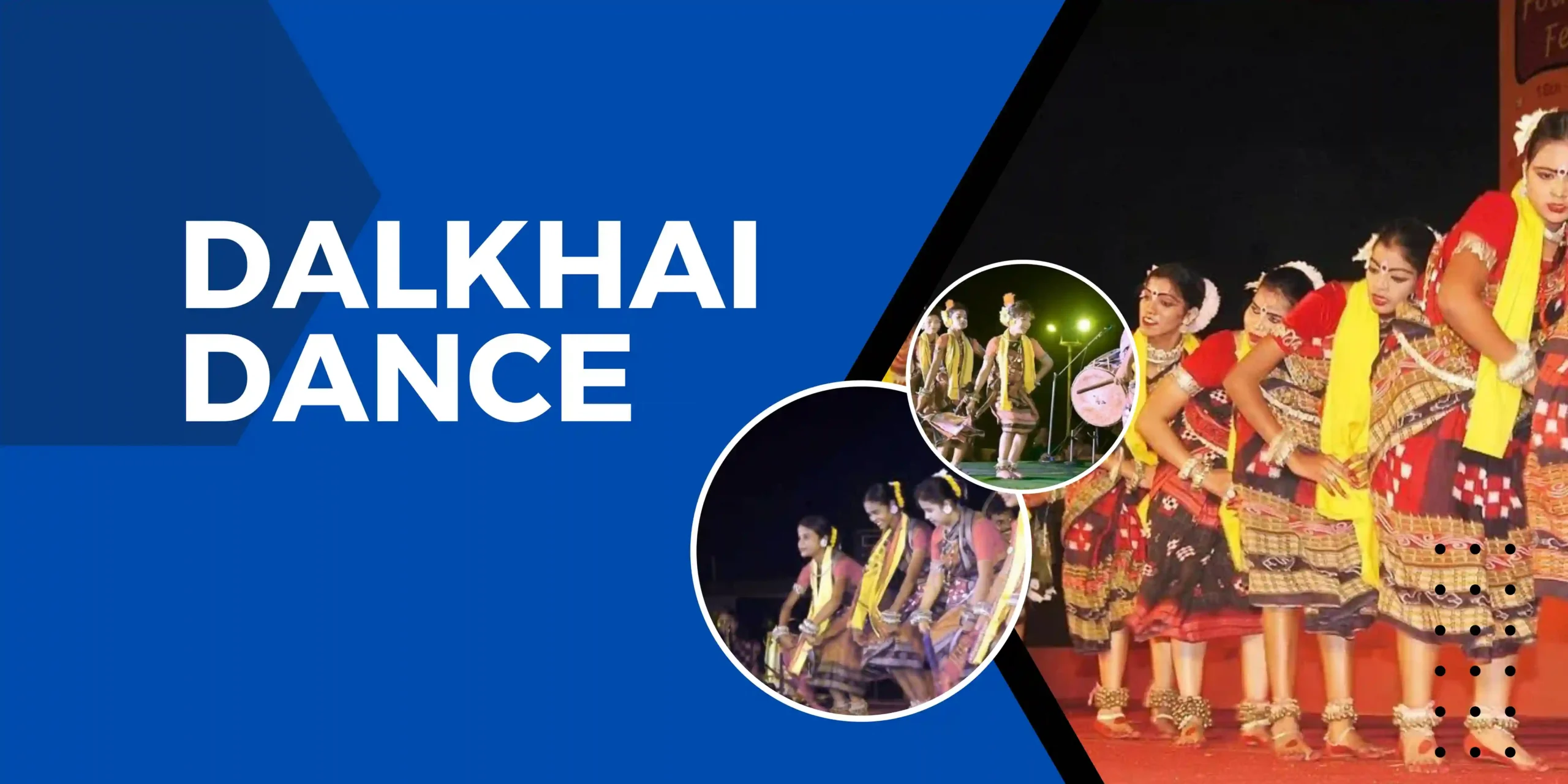Dalkhai dance
Dalkhai Dance, a vibrant and rhythmic folk dance form originating from the state of Odisha in India, embodies the rich cultural heritage and artistic expressions of the region. With its energetic movements, captivating music, and vibrant costumes, Dalkhai Dance has become an integral part of the cultural fabric of Odisha. In this article, we will delve into the captivating world of Dalkhai Dance, exploring its origins, significance, and the sheer joy it brings to performers and spectators alike.💃
The Origins of Dalkhai Dance
Dalkhai Dance traces its roots back to the tribal communities of western Odisha, primarily the Sambalpuri region. It is believed to have evolved from ancient tribal rituals and celebrations, gradually transforming into a form of entertainment and social expression. Dalkhai Dance was traditionally performed during the harvest season to celebrate the abundance of nature and express gratitude to the deities.
The Dance Movements and Music
Dalkhai Dance is characterized by its energetic and rhythmic movements, reflecting the vibrant spirit of the people. The dancers, usually young girls and women, form a circle and perform synchronized steps, often accompanied by clapping and singing. The footwork is quick and intricate, complemented by graceful hand gestures and swaying body movements. The music that accompanies the dance is usually provided by traditional instruments such as the dhol, nisan, and mahuri, creating a lively and pulsating rhythm. The songs are usually based on themes such as love, nature, and folklore, and are sung in the local language.
Symbolism and Cultural Significance
Beyond its aesthetic appeal, Dalkhai Dance holds deep cultural significance. The dance represents the joy and celebration of life, unity, and the harmonious relationship between humans and nature. The synchronized movements of the dancers symbolize the unity and collective spirit of the community. Through their performances, dancers express their gratitude for a bountiful harvest and pray for prosperity and well-being.
Costumes and Adornments
The attire worn by the dancers in Dalkhai Dance adds a splash of vibrant colors to the performance. The women usually wear traditional Odia sarees or lehengas in bright hues, adorned with traditional jewelry. The costumes are often embellished with intricate embroidery and mirror work, further enhancing the visual appeal. The dancers also wear colorful turbans and carry traditional accessories like umbrellas or pots to add an element of flair to their performances.
Preserving the Tradition
Efforts have been made in recent years to preserve and promote the rich cultural heritage of Dalkhai Dance. Various cultural organizations, educational institutions, and government initiatives have played a crucial role in organizing workshops, festivals, and competitions to encourage the practice and appreciation of this art form. The younger generation is being encouraged to embrace their cultural roots and learn Dalkhai Dance, ensuring its continuity for future generations. Over the years, Dalkhai dance has gained popularity not only in Odisha but also in other parts of India and has become a popular cultural export from the state. The dance form has also been featured in several Bollywood movies and music videos, further increasing its popularity and reach.
Dalkhai Dance stands as a testament to the cultural diversity and artistic excellence of Odisha. Its rhythmic movements, vibrant costumes, and soulful music bring joy to both the performers and the audience. As we celebrate and cherish this captivating folk dance form, let us appreciate the efforts made to preserve and promote our cultural heritage. Dalkhai Dance continues to mesmerize all those who witness its grace, making it a true marvel in the world of performing arts.
FAQs
Dalkhai Dance originated in which state of India?
Dalkhai dance is believed to have originated from the Sambalpur district of Odisha.

